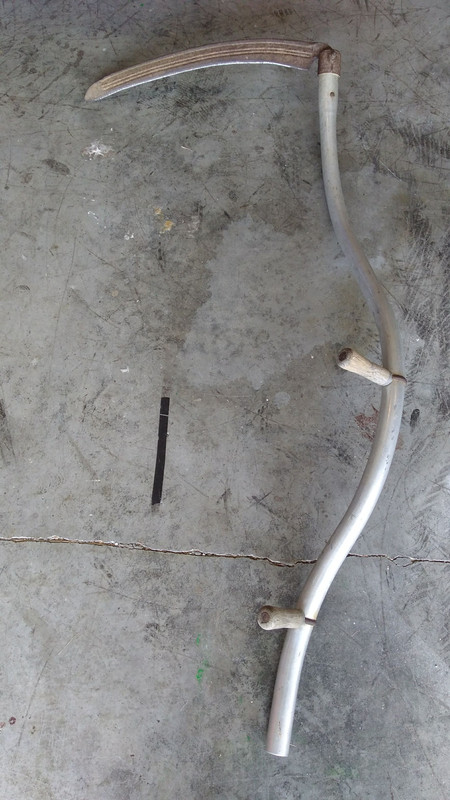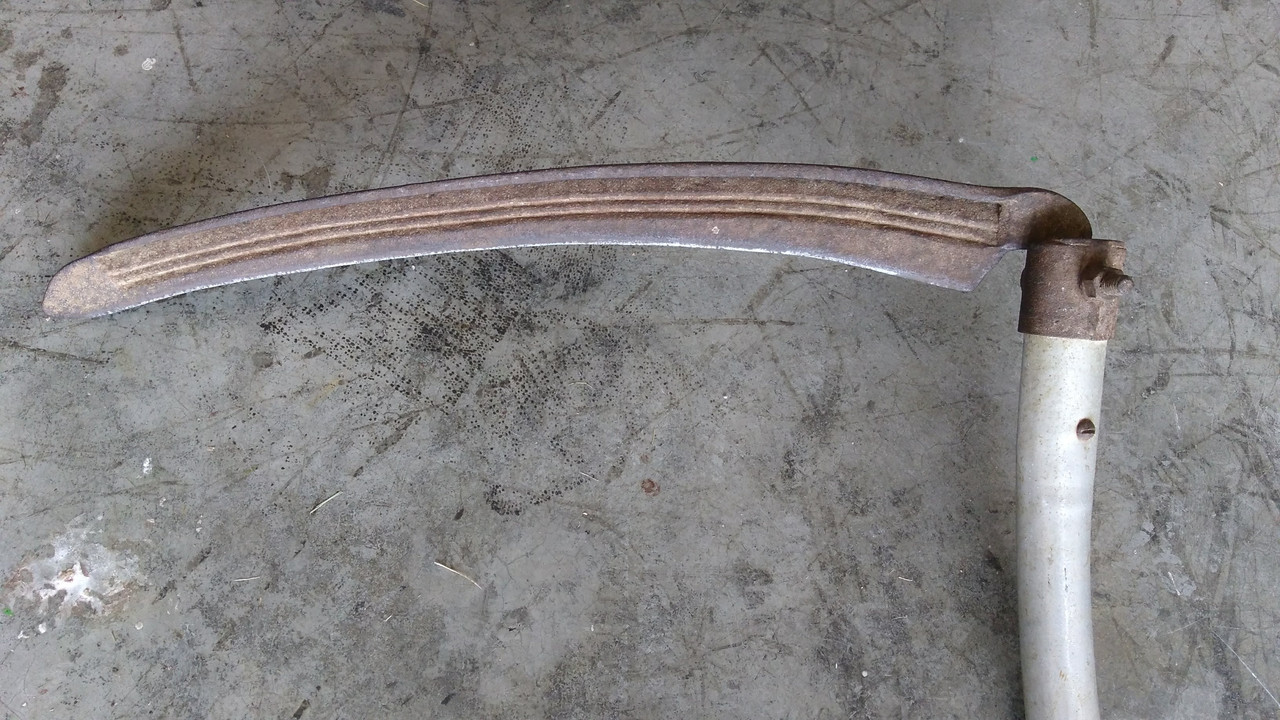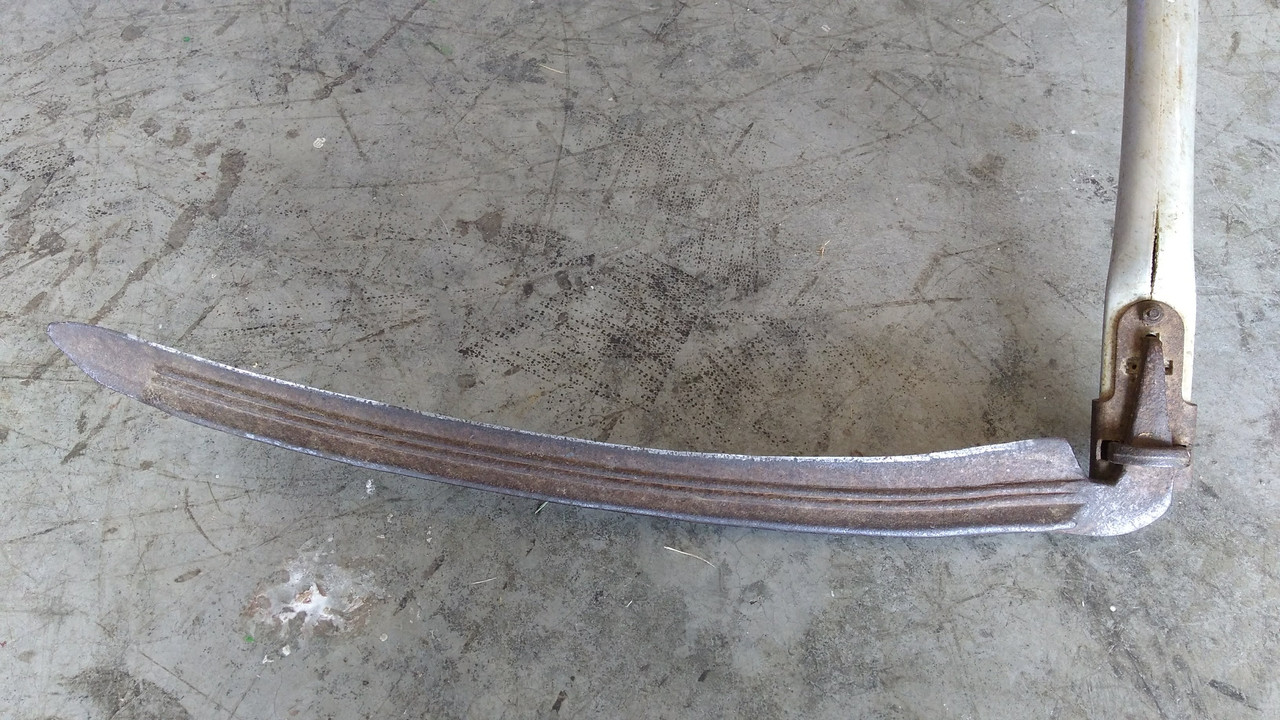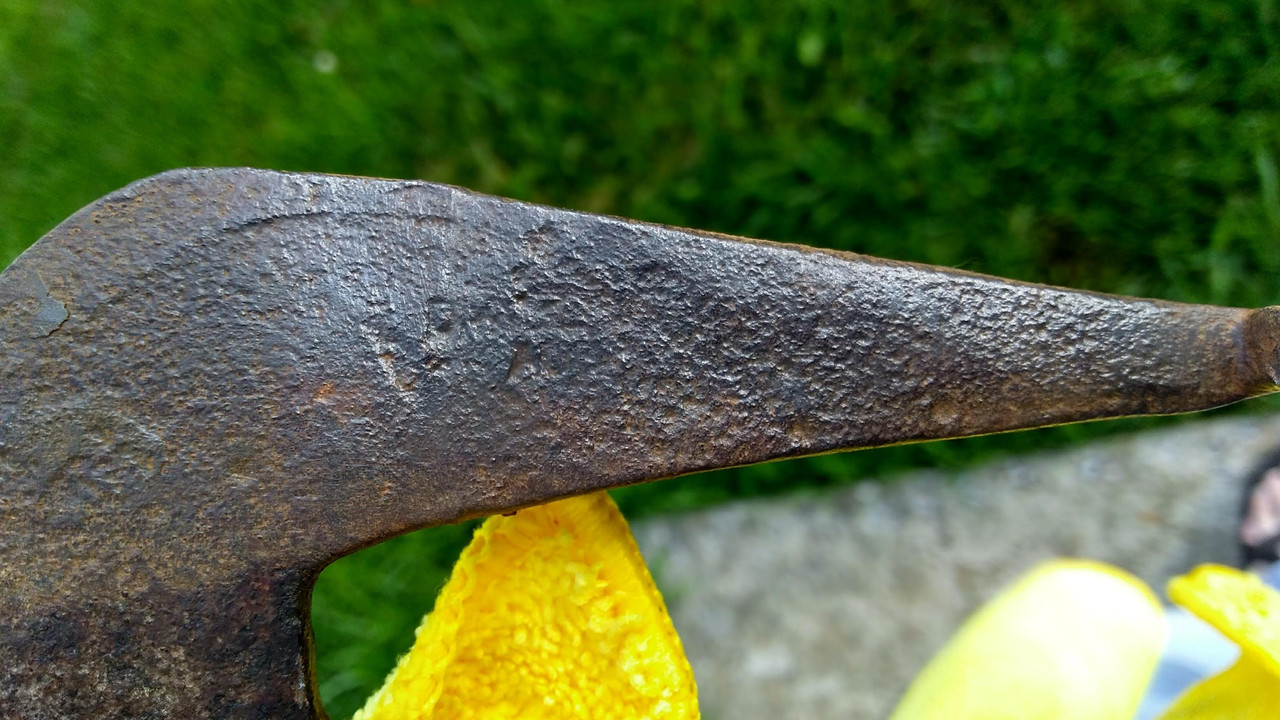- Joined
- Jul 2, 2017
- Messages
- 6
Not a Scythe per se, but more of a Thai style sickle. Used more for brush clearing than grass lawns
Last edited by a moderator:
The BladeForums.com 2024 Traditional Knife is available! Price is $250 ea (shipped within CONUS).
Order here: https://www.bladeforums.com/help/2024-traditional/
Yes, a painful loss. Peter exemplified the free sharing of know-how, making a difference without trying to personally profit from it. His websites and videos were not monetized, and his books and instructional materials were made available online for free. He was a consultant to the scythe blade manufacturers, making trips there at his own expense, improving their designs and processes and bringing more business to them, while refusing to accept commissions or fees, thereby maintaining his objectivity and independence. In recent years, his focus went beyond North America and Europe, working to help the small farmers worldwide who could benefit the most from the use of scythes. All this while running a family homestead in Canada that could supply all the food (hay-fed animals and grains, with the use of scythes) and energy (firewood, with the use of axes) that they needed, in a place with long winters where the temperature got down to 30 below.As I recall Steve Tall frequently corresponded with Peter. He, too, has lost a friend and mentor.
Posting this in memory of Peter Vido -- an early video (and my favorite) from him and his family.
A 4-minute 'silent movie' titled "A Good Scythe at Work":



Looks like that snath collected water, then froze.
Anyway, If you clean well its tang, blade might reveal a touchmark.
Fwiw, That blade looks alot like my Isiah Blood field blade, just a bit shorter. But probably is one of mentioned by FortytwoBlades.

Very cool. Thanks! I'll have to let my dad know. Kind of neat also that it's of NY manufacture. any way to estimate a general date range. Even within a few decades?
